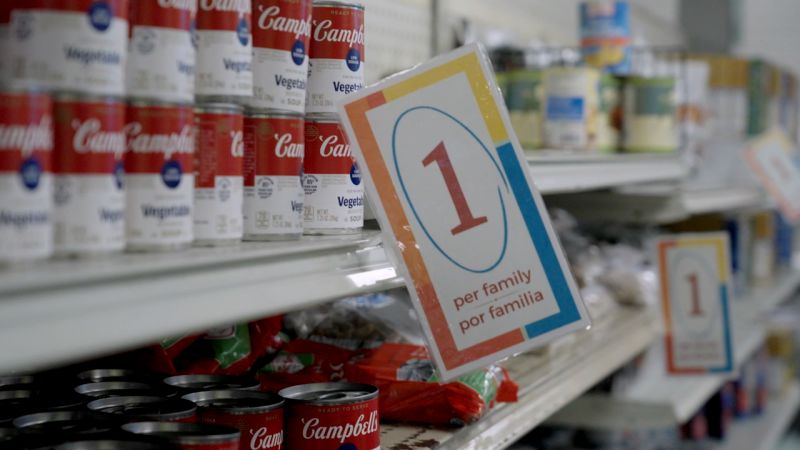
They have jobs but still need help to feed their families
CNN
The mix of local residents visiting the Enfield Food Shelf in Connecticut has changed a lot in the last few years.
The mix of local residents visiting the Enfield Food Shelf in Connecticut has changed a lot in the last few years. Prior to the Covid-19 pandemic, many were elderly or disabled people on fixed incomes, said Kathleen Souvigney, the food pantry’s executive director for the past decade. But now, more of the folks seeking assistance are working families who are struggling to make ends meet as their cost of living skyrockets. Paying for child care, housing, cars, heating and other basic needs doesn’t leave enough money these days for food, which has also risen sharply in price, Souvigney hears time and time again. “Most of the new folks are working families,” she said. “Many of the jobs aren’t paying enough to take care of expenses and put away a little savings. It now seems that one unexpected expense tips people’s finances.” Although the US economy is strong by many measures, millions of Americans still can’t afford to buy enough food for themselves and their families. The share of people turning to hunger relief programs remains higher than it was prior to the pandemic. Just over 1 in 10 adults — more than 23 million people — live in households where there was either sometimes or often not enough food to eat over the past week, according to the US Census Bureau’s latest Household Pulse Survey, which was taken in March. In Connecticut, where the median income is higher than the US median, the share is closer to 1 in 8.













